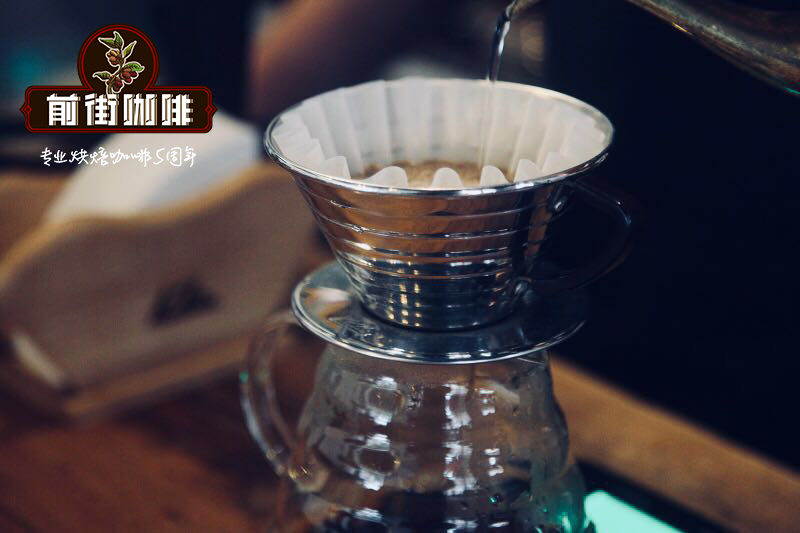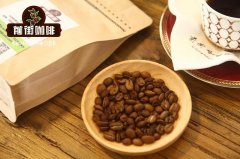Turrialba Manor Duli Alba, Costa Rica
Turrialba Manor Duli Alba, Costa Rica

High-quality Costa Rican coffee is called "extra hard beans". This kind of coffee can grow above 1500 meters above sea level. Altitude has always been a problem for coffee growers. The higher the altitude, the better the coffee beans, not only because the higher altitude can increase the acidity of the coffee beans and thus increase the flavor of the coffee beans, but also because the night temperature at the higher altitude is lower, which makes the trees grow slowly, thus making the coffee beans have a stronger flavor. In addition, due to the sufficient rainfall caused by the drop at high altitude, it is also very beneficial to the growth of coffee trees. However, while there are many advantages to growing coffee at higher elevations, the resulting additional transport costs must be taken into account, which is likely to make coffee production unprofitable. The coffee industry in Costa Rica has adopted new technologies to increase efficiency, including the use of "electric eyes" to select beans and identify coffee beans of irregular size.
Tarasu, located in the south of the country's capital, San Jos é, is one of the most valued coffee growers in the country. La Minita Tarrazu coffee is a famous local product, but its production is limited, about 72600 kilograms a year. It is grown on a piece of land called La Minita, which is owned by the last three generations of the McAlpine family in the UK. In fact, this land can produce more than 450 tons of coffee a year. But Tarasu Latin America coffee is grown without artificial fertilizers or insecticides, and its harvesting and selection are done by hand, in order to avoid some damage to coffee beans caused by air spray selection.
Other coffees worth mentioning are Juan Vinas,PR, H.Tournon, Windmill,SHB, Monte bello and Ssnta Rosa. Fine coffee is generally grown in Geredia and the central canyon. Another striking type of coffee is Sarchi (one of the five towns that represent Costa Rica's Coffee Road), which grows on the slopes of the Poas Volcano volcano, 53km from San Jose. Saatchi, founded in 1949, has a land area of 30770 hectares and grows sugar cane and coffee. The area is also famous for its handicrafts, attracting tourists from all over the world.
The country's coffee industry, originally controlled by the Costa Rican coffee industry company Instituto del Caf é de Costa Rica (ICAFE), has been taken over by the official Coffee Committee (Oficina del Caf é). Among the exported coffee, those products that are considered to be of substandard quality are colored with blue vegetable dyes and then transferred back to China for sale. Coffee consumed domestically (dyed blue or undyed) accounts for about 10% of total production, and local per capita coffee consumption is twice that of Italy or the United States.
Planting area: Turrialba
Gauge: SHB EP
Varieties: Kaddura Caturra, Kadouai Catuai, Kadoum Catimor
Elevation: 900 to 1200 m
Planting area: 950ha
Raw output: 1 5000bags
Harvest period: December-March
Size: 16 +, 80% up to screen 17
Treatment method: washing
Drying method: sun drying and machine drying
Identification: tropical rain forest protection
Flavor: nut, caramel, plum, chocolate, sucrose, cream finish
Important Notice :
前街咖啡 FrontStreet Coffee has moved to new addredd:
FrontStreet Coffee Address: 315,Donghua East Road,GuangZhou
Tel:020 38364473
- Prev

Town of Brunca Rivas, Brenka, Costa Rica (Rivas)
Brunca Rivas town, Brenka, Costa Rica (Rivas) planting height (m): 800-1200 production season: August to January cup test results: general acidity, fullness, aroma ordinary coffee characteristics: the latest Costa Rican producing areas, suitable for all kinds of consumers, taste compatible with other producing areas. Producing area: Brunca / Rivas (Rivas) Manor: treasure Manor (La Guaca)
- Next

El Salvador Santa Elena Manor El Salvador Finca Santa Elena
El Salvador San Elena Manor El Salvador Finca Santa Elena in Central America, El Salvador can be said to be the smallest country in land area. Although the production is much lower than that of other countries, the Pacific sea breeze and volcanic environment provide El Salvador coffee farmers with unique planting advantages and diversified flavor performance. Currently in the public
Related
- Detailed explanation of Jadeite planting Land in Panamanian Jadeite Manor introduction to the grading system of Jadeite competitive bidding, Red bid, Green bid and Rose Summer
- Story of Coffee planting in Brenka region of Costa Rica Stonehenge Manor anaerobic heavy honey treatment of flavor mouth
- What's on the barrel of Blue Mountain Coffee beans?
- Can American coffee also pull flowers? How to use hot American style to pull out a good-looking pattern?
- Can you make a cold extract with coffee beans? What is the right proportion for cold-extracted coffee formula?
- Indonesian PWN Gold Mandrine Coffee Origin Features Flavor How to Chong? Mandolin coffee is American.
- A brief introduction to the flavor characteristics of Brazilian yellow bourbon coffee beans
- What is the effect of different water quality on the flavor of cold-extracted coffee? What kind of water is best for brewing coffee?
- Why do you think of Rose Summer whenever you mention Panamanian coffee?
- Introduction to the characteristics of authentic blue mountain coffee bean producing areas? What is the CIB Coffee Authority in Jamaica?

